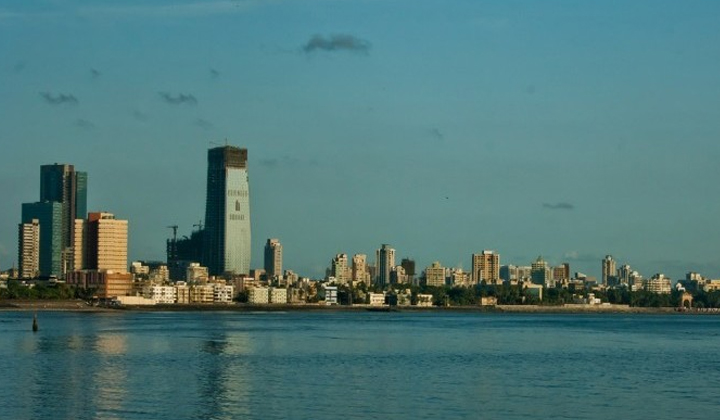Trending Now
- Action should be taken against the cops who protect the Ganja accused in TN : PMK leader Anbumani Ramdoss
- Votes that go to Congress or INDI alliance is a waste : PM Modi
- Court grants one-day custody to police to investigate Youtuber Savukku Shankar.
- We actually got our independence only in 2014. The independence to change this country as it should be : Actor , politician, Kangana Ranaut
Real Estate
Home Loans Hit New High With Apartment-Buying Spree in Tier 2 Towns
![]() January 28, 2016
January 28, 2016
India’s banks, struggling to boost mainstay corporate loans, are finding a bright spot in a home-buying spree in the country’s towns that has driven mortgage-loan growth to the fastest rate in at least six years.
Top lender State Bank of India (SBI), and two big private sector peers – ICICI Bank and Axis Bank – say demand for credit from smaller centres in the country is helping grow their overall home-loans books. Outstanding home loans in India stood at $103 billion or nearly Rs 7 lakh crore (at 67.61 rupees per US dollar) as at end-November.
The mortgage tailwind comes as India’s banks are focusing on lending to individuals to counter a sluggish corporate-loan market that has been hit by a three-year long slowdown in Asia’s third-largest economy. Home loans also pose lower bad-debt risks for the banks than corporate loans, data shows.
“The Tier 2 cities are picking up,” said Jayanthy Lakshmi, chief general manager for real estate lending at SBI. “Connectivity, affordability and rising employment are helping them to grow faster.”
SBI expects an 18 per cent growth in home loans for this fiscal year ending in March, against 14 per cent growth for overall credit.
Rising income levels, increasing urbanisation, lower mortgage interest rates over the past year and easier capital regulations for loans to mid-segment home buyers are driving demand for housing units in India.
India will need 110 million new houses by 2022, consultant KPMG forecasts, as it tries to fulfil Prime Minister Narendra Modi’s ambitious plan of providing housing for all.
Central bank data shows housing loans during April-November grew 12.2 per cent, their fastest pace in at least six years, and accounted for nearly a third of total loans made. By comparison, credit to industry, which includes corporate loans, was up just 0.4 per cent.
Metros and leading cities account for about 70 per cent of Indian banks’ home loan demand. But debt-burdened developers, sharp price run-ups in the past, and record unsold stocks in some of the major cities, including the capital and surrounding areas, are increasing the importance of smaller centres to the lenders.
For ICICI Bank, the biggest Indian private sector lender, Agra in Uttar Pradesh, Rajkot in Gujarat and Bhubaneswar in Odisha are among the smaller cities that are growing the fastest for home loans.
The bank’s home-loan book, which accounts for a quarter of its total loans, is growing at 30 per cent in smaller centres currently, compared with less than 20 per cent in big cities, Executive Director Rajiv Sabharwal said.
Banks also like the home-loans business because it helps them sell other products to households.
“Mortgage clients usually tend to be sticky and the relationship is beyond a single product,” said Shyam Srinivasan, chief executive at mid-sized lender Federal Bank, which expects mortgage loans to grow about 17 per cent this fiscal year, faster than its forecast 13 per cent growth in overall credit.
($1 = 67.6108 Indian rupees)
























